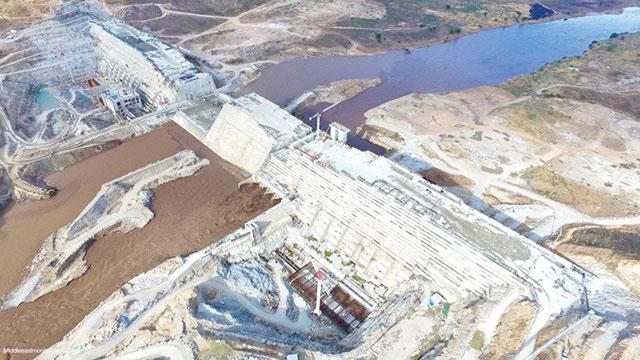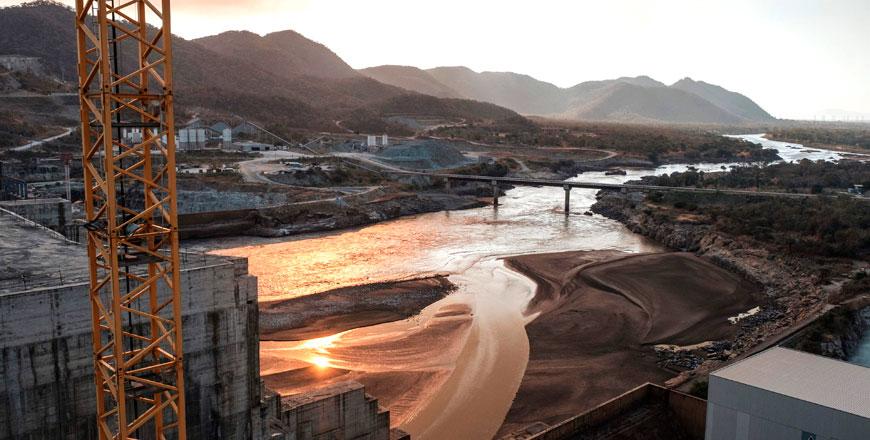You are here
Ethiopia 'disappointed' with US mediation on Nile dam
By AFP - Feb 29,2020 - Last updated at Feb 29,2020
ADDIS ABABA — Ethiopia on Saturday expressed "disappointment" with the latest push by the United States to resolve a long-running dispute over a massive dam on the Nile River, suggesting a deal could still be far off.
The Grand Ethiopian Renaissance Dam, set to become the largest hydropower plant in Africa, has been a source of tension between Addis Ababa and Cairo since Ethiopia broke ground on it in 2011.
The US Treasury Department stepped in last year to facilitate talks between Ethiopia, Egypt and Sudan — another downstream country — after Egyptian President Abdel Fattah Al Sisi reached out to US President Donald Trump, a close ally.
The process was initially supposed to conclude by mid-January, but officials pushed the deadline to the end of February, only to come up short again.
It is unclear what US mediation has accomplished so far.
Ethiopia opted not to send a delegation to the latest round of talks in Washington this week.
Instead US Treasury Secretary Steven Mnuchin held bilateral meetings with ministers from Egypt and Sudan.
On Friday, the Treasury Department issued a statement claiming an agreement had been reached and urged Ethiopia to sign "at the earliest possible time".
Egypt issued its own statement saying it had initialled the agreement, calling it "fair and balanced" and in "the common interest of the three countries".
But in a statement Saturday, Ethiopia said it "does not accept the characterisation that the negotiation... is completed".
The Ethiopian statement cited “outstanding issues” but did not elaborate.
Ethiopia sees the dam as essential for its electrification and development, while Egypt — which depends on the Nile for 90 per cent of its irrigation and drinking water — sees it as an existential threat.
The biggest initial hurdle is the filling of the dam’s enormous reservoir, which can hold 74 billion cubic metres of water.
Egypt is worried Ethiopia will fill the reservoir too quickly, reducing water flow downstream.
In its statement Friday, the Treasury Department said “final testing and filling should not take place without an agreement” — a position endorsed by Sudan.
But Ethiopia wants the dam to begin producing energy by the end of this year and said on Saturday it would begin filling the reservoir “in parallel with” its construction.
Related Articles
CAIRO — Egypt's foreign minister has said that moves by Ethiopia to resume filling its vast dam on the Nile in the coming months would not a
CAIRO — Egypt’s President Abdel Fattah Al Sisi said on Tuesday that his US counterpart had assured him Washington will carry on mediating de
ADDIS ABABA — Ethiopia said Saturday it was on schedule to begin filling a controversial mega-dam on the Blue Nile River within weeks but vo


















